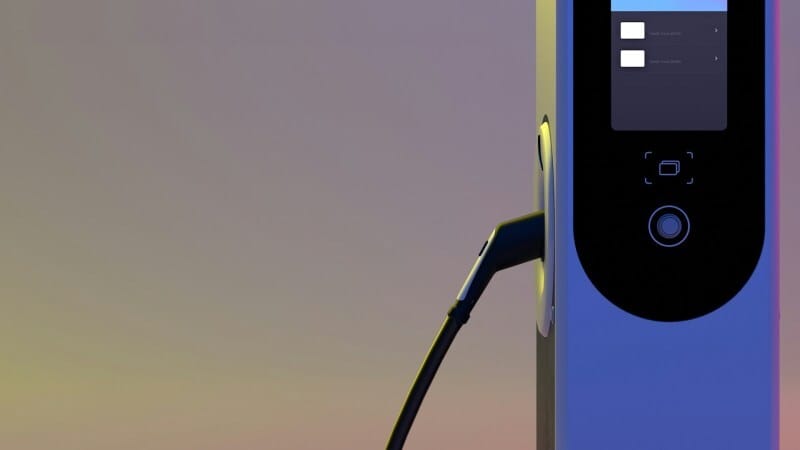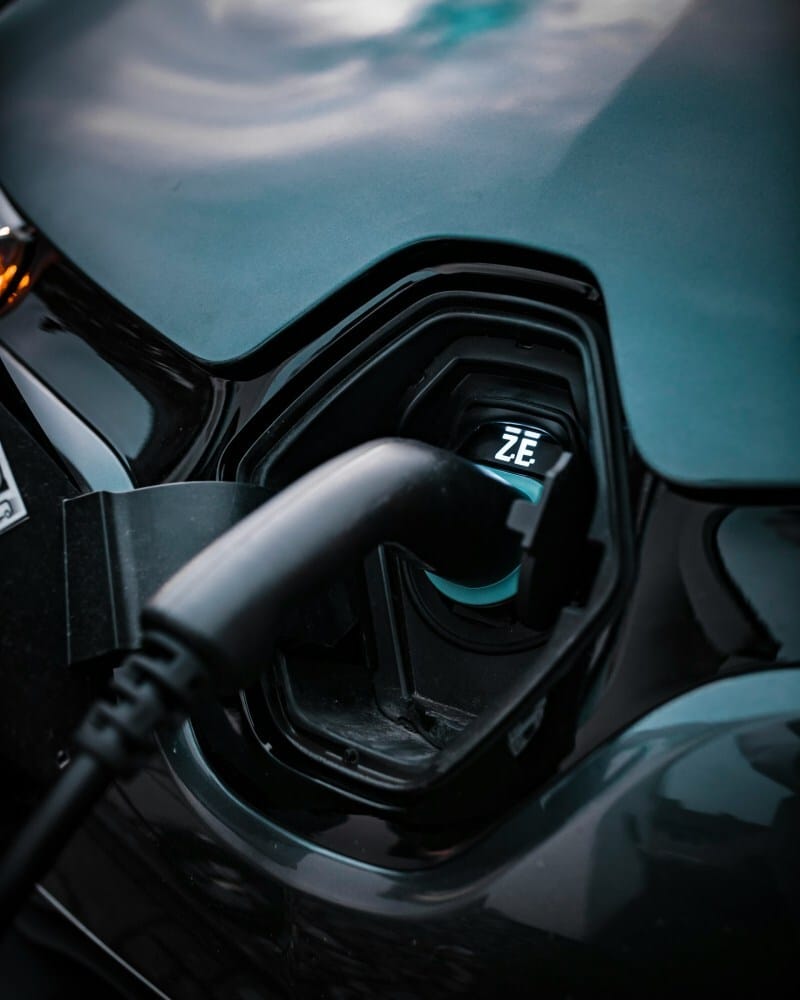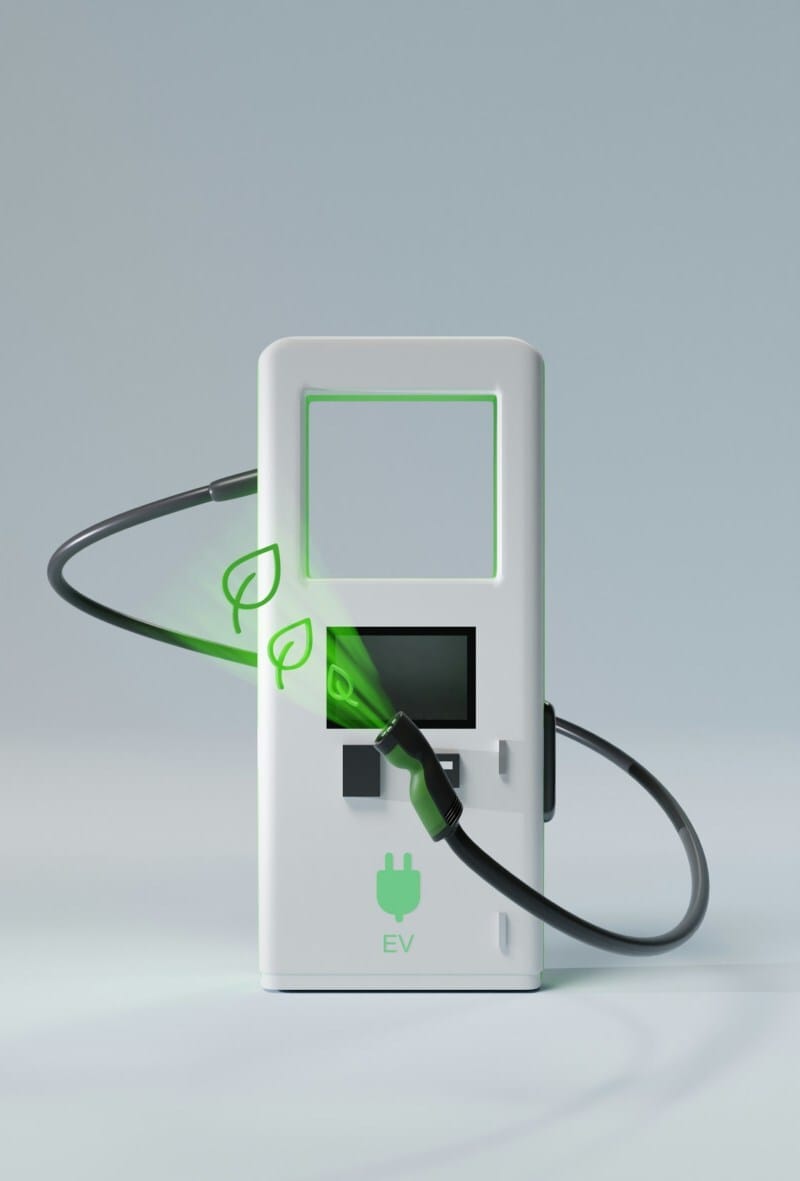As electric vehicles surge into the mainstream, fast charging has become an indispensable part of consumer infrastructure. Retailers and travel hubs are now racing to integrate fast-charging stations, transforming their properties into essential stops for both local commuters and long-distance travelers. The focus is no longer simply on offering a place to charge but on creating an ecosystem where charging meets commerce.

Screenshot
For high-traffic locations, the business case is compelling. Retail centers, highway rest stops, and airports have long depended on consistent foot traffic, and the addition of EV chargers enhances that dynamic. Customers are more likely to stop where they can accomplish multiple tasks, such as charging, shopping, and dining, all in one location. This synergy extends beyond sustainability; it redefines convenience in a way that meets the expectations of a rapidly electrifying market.
As demand for charging infrastructure increases, property owners are beginning to see EV chargers not as auxiliary amenities but as central business assets. The value of attracting EV drivers, many of whom represent a high-income demographic, has become clear. For landlords, retailers, and travel hubs alike, the challenge is to invest in technology that balances speed, reliability, and scalability.

Strategic Importance of Fast Chargers in Retail
Retail environments thrive on time optimization and customer experience. Fast chargers, typically capable of delivering 150 kilowatts or more, allow EV drivers to replenish their batteries in under 30 minutes, aligning perfectly with the average shopping or dining stop. This efficiency creates a mutually beneficial relationship in which retailers gain additional traffic, and drivers gain convenience.
In high-volume shopping centers, the addition of charging stations can significantly increase dwell time and spending per visit. Research suggests that customers who charge while they shop are more likely to explore additional stores or purchase food and beverages during their waiting period. For retailers, this represents an opportunity to turn what might otherwise be idle charging time into revenue-generating engagement.
The presence of reliable charging infrastructure also positions retail centers as forward-thinking and environmentally conscious. In an era when consumers value sustainability, offering EV charging contributes to brand loyalty and corporate responsibility narratives. Forward-looking operators recognize that integrating chargers is not just about keeping up with trends but about reinforcing long-term relevance in a shifting marketplace.

Technology and Performance: The Engineering Behind the Speed
Fast charging is not simply about delivering power at high velocity. It requires sophisticated engineering that balances voltage, heat management, and network communication. Chargers must interact seamlessly with a range of vehicle systems, each with different battery capacities and charging protocols. This complexity demands precision hardware and intelligent software coordination.
Modern fast-charging solutions utilize dynamic load management to optimize electricity distribution across multiple units. This allows stations to maintain efficiency even during peak usage. In urban and travel environments, where multiple vehicles may plug in simultaneously, these systems ensure equitable power allocation and prevent grid strain. It is an intricate balance between delivering speed and maintaining stability.
The latest developments also emphasize modularity, allowing operators to scale infrastructure as demand grows. Among the innovators leading this shift is ChargeTronix, a manufacturer whose distributed charging systems are designed for reliability and adaptable deployment. Such solutions, often used in retail and highway corridor settings, illustrate how strategic charging deployments can transform essential infrastructure into revenue-generating assets, supporting both operational efficiency and customer engagement.

Travel Corridors and the Mobility Imperative
Highway and travel corridor locations present unique opportunities for fast-charging deployment. These sites serve drivers covering long distances who require rapid, reliable energy replenishment to stay on schedule. For operators of rest areas, service plazas, and travel centers, installing fast chargers can turn their facilities into indispensable mobility nodes across the country.
The reliability of these chargers becomes paramount in travel settings. A single malfunctioning unit can lead to significant driver frustration and reputational damage. Therefore, the focus has shifted toward hardware built for endurance and networks capable of managing high simultaneous demand. As electric mobility scales, interoperability between charging providers and vehicle manufacturers will be key to sustaining growth across interstate networks.
Strategically placed fast chargers can also generate consistent ancillary income. Travelers stopping for a 20-minute charge may purchase meals, snacks, or fuel for non-electric vehicles, creating cross-segment revenue. For travel-oriented businesses, the integration of EV charging is as much a traffic-management strategy as it is a sustainability commitment.

Infrastructure and Grid Integration
The success of fast-charging deployment in high-traffic areas depends heavily on energy management. Powering multiple high-capacity chargers can place significant strain on local grids. To mitigate this, developers are increasingly integrating battery energy storage systems and smart-grid interfaces to balance supply and demand in real time. These innovations reduce peak energy costs while ensuring consistent service availability.
Utility partnerships are becoming a defining factor in scalable deployment. Retail chains and travel center operators must navigate complex regulatory frameworks and local utility constraints. Forward-thinking players are negotiating demand-response agreements that allow their chargers to contribute to grid stability during periods of high electricity consumption. These arrangements help reduce operational expenses while enhancing sustainability credentials.
Another consideration is renewable energy integration. Solar panels and on-site storage units are now being installed alongside charging infrastructure, further enhancing efficiency and reducing dependency on fossil-fuel-derived grid power. Such hybrid systems are particularly effective in highway environments, where open space allows for substantial solar arrays and minimal urban interference.

Economic Returns and Business Models
The economics of fast charging have evolved rapidly. While early installations were primarily driven by sustainability goals or government incentives, today’s operators view them as profit centers. Revenue comes not only from the charging service but also from increased foot traffic, longer dwell times, and premium partnerships with automakers and fleet operators.
Retailers are exploring shared-revenue models, where charging network operators install and maintain the units in exchange for a percentage of revenue or lease agreements. This structure minimizes upfront costs for property owners while ensuring reliable infrastructure management. For travel corridors, revenue sharing with hospitality and food service tenants can amplify overall profitability.
In addition, some operators have adopted tiered pricing models based on charging speed, membership status, or time of day. Dynamic pricing allows providers to balance demand while maximizing efficiency. The more sophisticated these business models become, the more likely it is that fast-charging infrastructure will be viewed as an essential revenue engine rather than an optional amenity.

Design, Accessibility, and the Consumer Experience
Beyond technology and economics, design and accessibility remain critical factors in successful implementation. Fast-charging stations must be intuitive to use, well-lit, and located in safe, easily navigable areas. For retail and travel hubs, charger placement influences traffic flow, parking availability, and even customer perception of brand quality.
An increasing emphasis is being placed on user experience, from seamless payment systems to app-based station locators and real-time availability updates. Contactless payment options and compatibility with major charging networks reduce friction and increase adoption rates. In competitive retail environments, convenience and reliability often determine whether a driver chooses one charging destination over another.
The physical design of chargers also plays a role in sustainability narratives. Aesthetically integrated installations reinforce a brand’s commitment to innovation and environmental responsibility. For high-traffic areas, well-designed chargers become visible symbols of progress, signaling that the property embraces the future of mobility.
The Road Ahead: Scaling with Purpose
As electric vehicles become the default mode of personal and commercial transport, the demand for fast chargers will intensify. Retailers and travel hubs that invest early in high-performance infrastructure will position themselves advantageously. The ability to offer rapid, reliable charging will soon differentiate leaders from laggards in consumer perception and revenue potential.
Collaboration will be essential. Manufacturers, utilities, property developers, and technology providers must align on standards, data sharing, and maintenance frameworks. Without this cooperation, the risk of fragmented networks and inconsistent service remains high. Cohesive, interoperable systems are key to ensuring that fast charging remains convenient and universally accessible.
Ultimately, the integration of fast chargers in high-traffic retail and travel locations is about more than energy. It represents a convergence of mobility, commerce, and technology that will define how consumers move and engage with the world. The winners in this transition will be those who view charging not just as a service but as a cornerstone of modern customer experience and economic growth.
The post Fast Chargers for High-Traffic Retail and Travel Locations appeared first on Moss and Fog.
